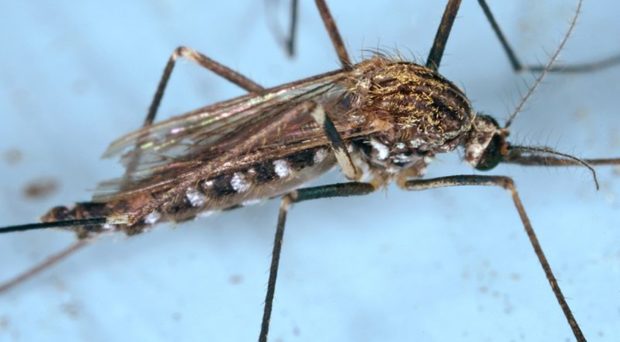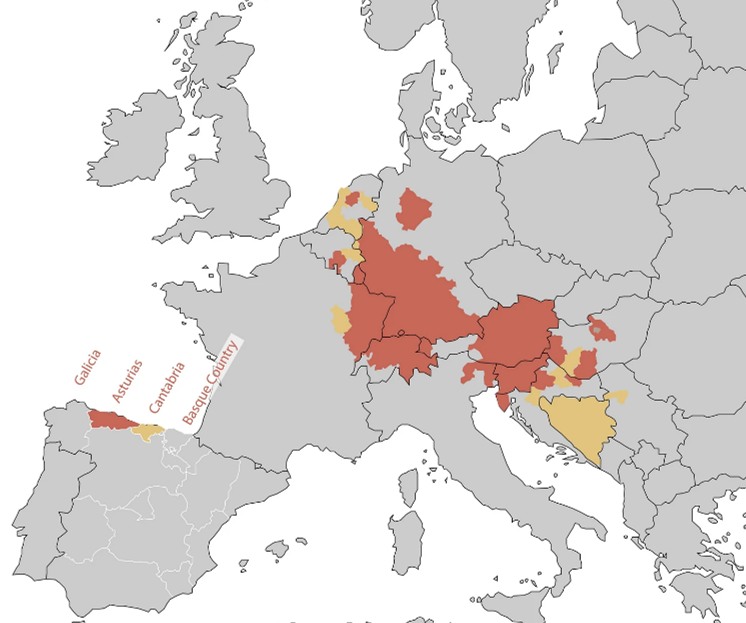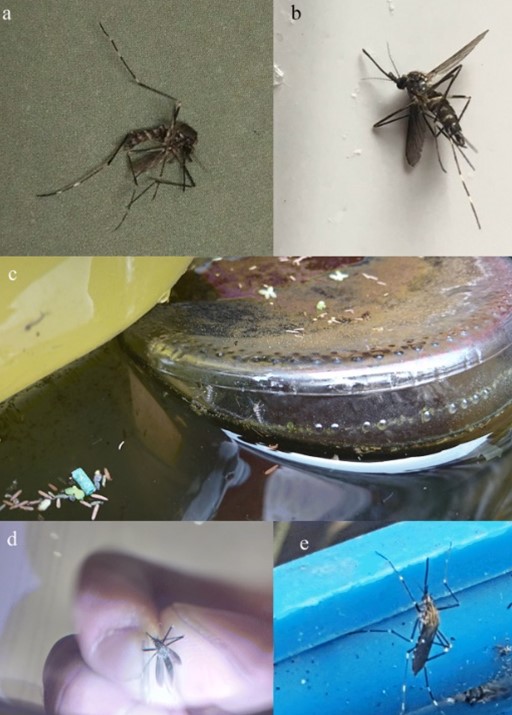
Mosquito species from the genus Aedes are major vectors of viral and parasitic diseases of humans and animals, worldwide.
Several species in particular are especially competent vectors of arboviral infectious diseases, such as Aedes aegypti and Ae. albopictus, the vectors of Dengue fever, chikungunya and Zika fever, among others.
The distribution of both species has classically been associated with tropical and subtropical areas of Southeast Asia. However, in recent decades the distribution of Ae. aegypti and Ae. albopictus has increased dramatically, having colonised and established themselves on every continent other than Antarctica.
There are several reasons that likely underpin such invasions, including but not limited to the increasing globalisation of trade (e.g. the international used tire trade), global warming, the remarkable physiological and ecological plasticity of these mosquito species (e.g. enabling adaptation to colder climates), and overall reduction in global biodiversity (allowing an increase in range and abundance without strict competition).
As competent vectors of many deadly infectious diseases, the seemingly rapid spread and establishment of such mosquito species is of considerable concern.
Aedes japonicus
Another, less well-known species, Aedes japonicus (Asian bush mosquito) is becoming equally widespread and invasive, particularly across Europe – becoming the third invasive mosquito species to be reported.
Similarly to Ae. albopictus, Ae. japonicus has shown an ability to adapt to colder climate areas and withstand winter temperatures in more temperate regions than those in its original distribution range (Taiwan, China, Japan, Southeast Russia, and Korea).
Although not considered as high-risk a vector as Ae. aegypti and Ae. albopictus, the species has been demonstrated to transmit arboviruses that cause diseases with significant public health consequences, such as the West Nile virus and La Crosse virus in the USA, in addition to Dengue and chikungunya.
First reported in Europe in a French tire depot in 2000, Ae. japonicus has since spread and established itself across at least 15 European countries, with no less than four Ae. japonicus population clusters considered to exist.

Combined surveillance method approach
A recent study by Roger Eritja and colleagues has improved our understanding of the distribution of Ae. japonicus across Spain, and outlined an effective multi-sourced surveillance approach that utilises traditional monitoring by public health institutions and academic researchers in collaboration with the citizen science platform Mosquito Alert.
The Mosquito Alert platform allows users to upload geolocated images of adult mosquitoes and breeding sites that can later be validated by entomologists to confirm sightings of Ae. japonicus, as well as other invasive mosquito species.
These citizen mosquito sightings and reports were then used to guide targeted field monitoring by the Spanish Ministry of Health, mosquito specimen collection for entomological surveillance by the Ministry of Agriculture, and a regional monitoring program supported by active sampling by researchers.

Prior to this study, Ae. japonicus had been detected and considered established in the Asturias region in Northern Spain. Utilising this multi-sourced approach directed by initial identification through Mosquito Alert allowed researchers to identify Ae. japonicus in two new regions of Spain, Cantabria and the Basque country, thereby expanding the known distribution range in Spain from < 900km2 to > 7000km2.
Interestingly, this population cluster of Ae. japonicus in Northern Spain is isolated from other European populations and is large in size and distribution range, and therefore raises the possibility that there have been several overseas introduction events, rather than a single introduction followed by dispersal to other European countries. The path of introduction for Ae. japonicus in Spain is unknown at this time, but points of entry are typically considered to be seaports and airports.
Currently, it’s assumed that this expanded distribution of Ae. japonicus within Spain occurred through a combination of long-distance dispersal via commercial haulage by boats and trucks, as well as shorter-ranged dispersal through cars and active mosquito flight.
In this study the average flight distance of Ae. japonicus were determined to be about 1600m, which, when taken with evidence of Ae. japonicus breeding in tree holes, rock pools and artificial containers (e.g. cattle troughs, abandoned baths, used tires) raises the possibility that Ae. japonicus dispersal could occur naturally though riparian corridors, rather than via road networks. This is somewhat worrying though as surveillance classically occurs at known points of entry and major road networks, and therefore this spread through riparian corridors could allow Ae. japonicus to establish itself ‘silently’ in more remote natural areas before further dispersal or outbreaks (a sleeper population) to urban and semi-urban environments.
Tip of the iceberg?
The combination of field sampling by experts and citizen-sourced data across a broader spatial and temporal scale provided a more efficient, flexible and cost-effective surveillance strategy than would be achieved by relying on a single approach, and is especially useful in detecting invasive species such as Aedes japonicus.
Further to this work, the authors intend to assess the genetic relationship of different Ae. japonicus populations across Europe in order to shed light on possible methods of introduction and better infer the dispersal strategies utilised by Ae. japonicus and other invasive mosquito species.
The authors also acknowledge that additional surveillance in adjacent Spanish provinces such as Galicia should be conducted to see if its distribution range is even greater than detected in this study, hypothesising that there’s a much broader Ae. japonicus presence than detected thus far, and that we’re just at the tip of the iceberg.

Comments